Where there are iconic ancient Hindu temples and tropical panoramas, a deluge of tourists is sure to follow in Bali. ExplorE the Indonesian island’s cultural treasures—sites like the cliffside Uluwatu Temple and the sacred pools of Tirta Empul maintain their enchanting qualities no matter the visitor count. If you need a head start on Bali’s essential sights (with tips to side-step the madding crowd) along with a few hidden and up-and-coming gems, here is our “to-do” list to get you started.
Mount Batur :
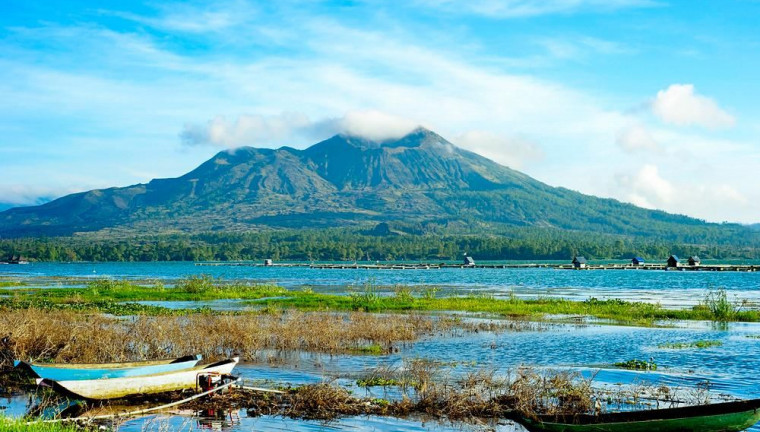
Mount Batur (or “Gunung Batur”) and its serene surroundings might be the most dramatic destination of all. The 5,600-foot volcanic marvel contains Bali’s largest crater lake—a splendid cycling site—slopes ripe for hiking, and picturesque villages. The sunrise from the peak, is spectacular. Not for the faint of heart—or anyone who loathes early-morning wake-up calls—the ascent takes around two hours. But once you’ve reached the top, you might witness one of the most majestic views of your life.
Uluwatu Temple :
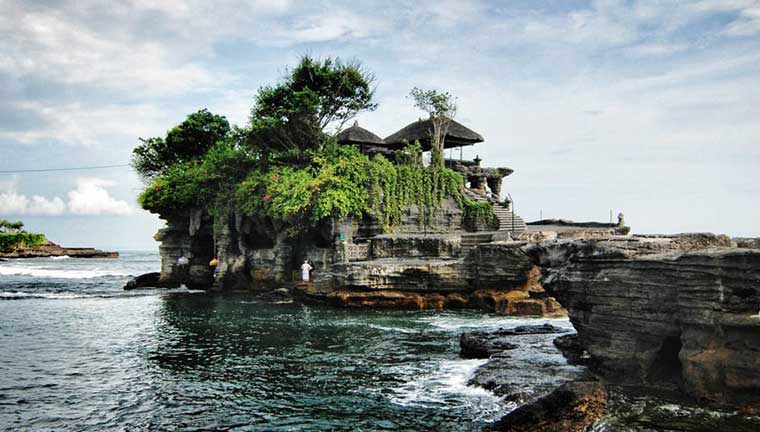
Uluwatu Temple, in Bali’s extreme south in Pecatu Village, is an important ancient site that has protected Hindu islanders from evil spirits since 900 AD. Its location is the main draw for tourists: some 230 feet up on a steep cliff’s edge, with the powerful waves of Uluwatu Beach overhauling at its base. The sunsets in this part of the country is sensational and as the night drops in, the kecak dance performances and other activities make it even more alluring.
Nyang Nyang Beach-
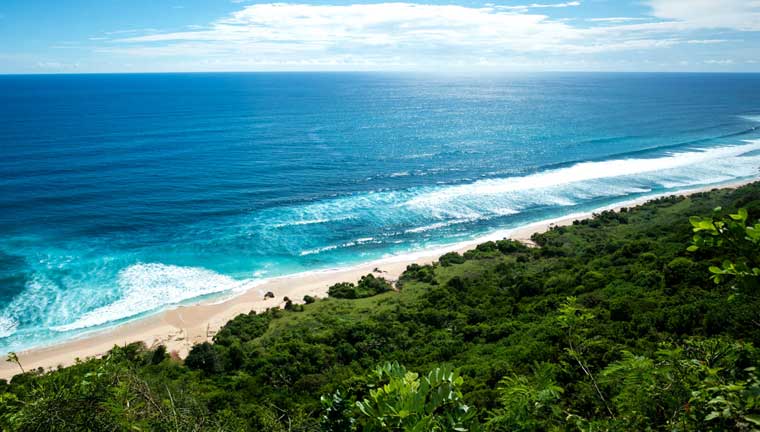
Nyang Nyang Beach, in Uluwatu, is a hidden gem in Bali. White sands, greenery-lined cliffs, and an absolute absence of crowds await—if you’re dedicated enough to find it. Who knows, you might get lucky and have the coast all to yourself. If you’ve lamented how overrun Bali’s main beaches have become nowadays, Nyang Nyang is the respite you’ve been looking for.
Ubud Monkey Forest :
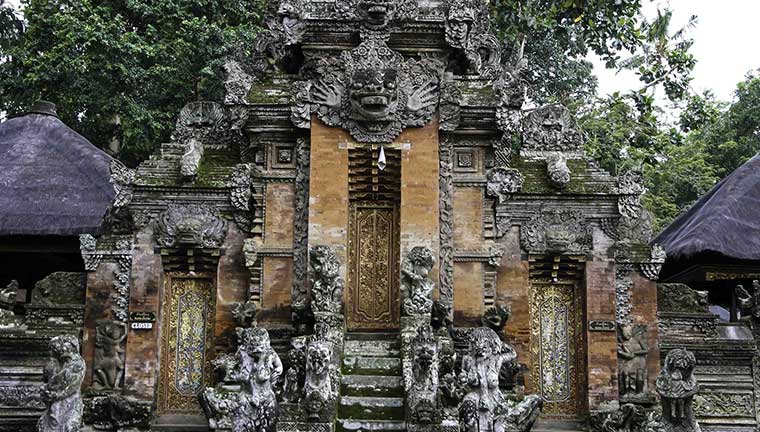
This tourist magnet might look like an open-air zoo attraction, but Ubud Monkey Forest is actually a holy site with a 600-plus band of long-tailed Balinese macaques in their natural habitat. As grouchy as some of the monkeys can be—dangling jewelry, bags, and conspicuous food will still invite you—the primates are considered sacred by Balinese Hindus who come to pray in the complex’s three ancient temples.
Sukawati Art Market :
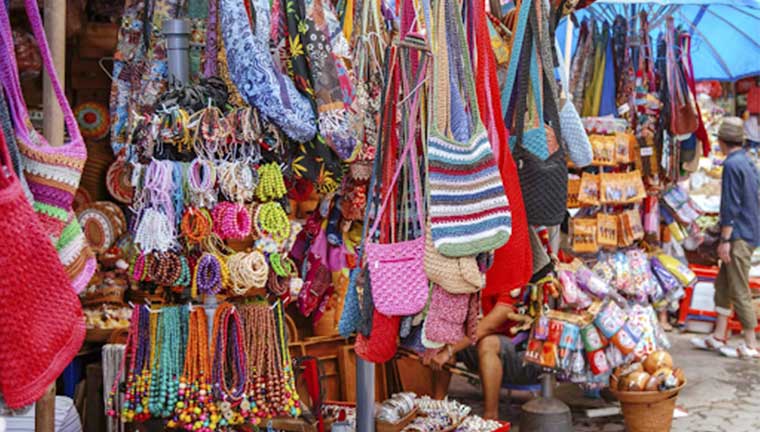
Sukawati Art Market is a cheaper and quieter alternative to nearby Ubud Market and other popular locales in southern Bali. The traditional two-story shopping venue is known for its handcrafted artworks, from framed paintings of local farm life to large wooden sculptures of Hindu deities. It’s an ideal place to flex your bargaining skills on vibrant patterned dresses and accessories, home goods, Hindu and Buddhist trinkets, and tote bags.
Echo Beach :
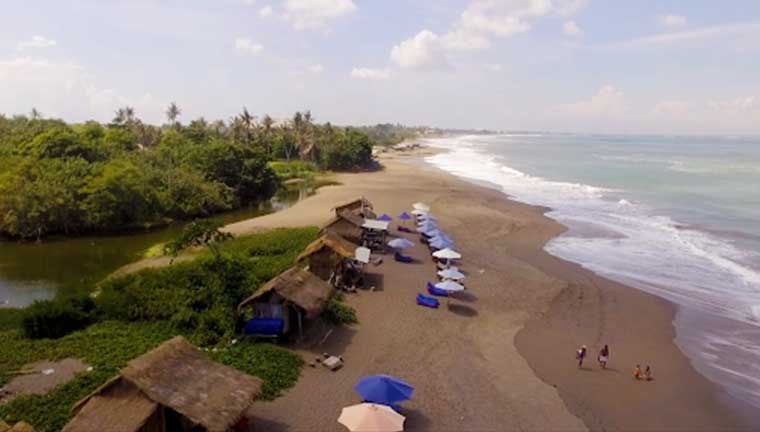
Batu Bolong Beach’s immediate northern neighbor shares a lot of attributes; among them, charcoal brown sand, stellar surf breaks, and amazing eating and drinking options. But Echo Beach feels less developed—though a few unsightly construction sites suggest an aggressive catch-up—and the waves are bigger and better for surfing enthusiasts. Locals and an increasing number of tourists are dropping here more, but you’ll still have ample breathing space to lay, gaze, meander, or dip your toes in the water.
Tanah Lot Temple :
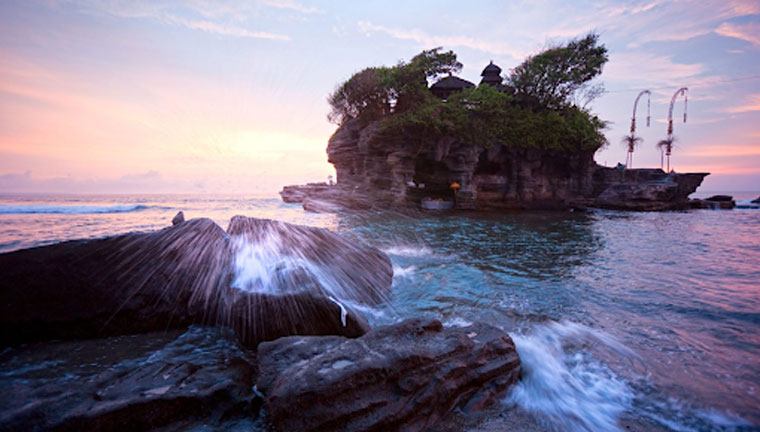
Tanah Lot is a popular and important 16th-century temple on Bali’s southwestern coast, and one of a few directional temples designated to protect the island from evil spirits. The three-acre site’s dramatic location makes it a top choice for a beautiful sunset view. The active sacred site attracts worshippers who spend time inside the temple—which tourists can’t access.
Batu Bolong Beach :
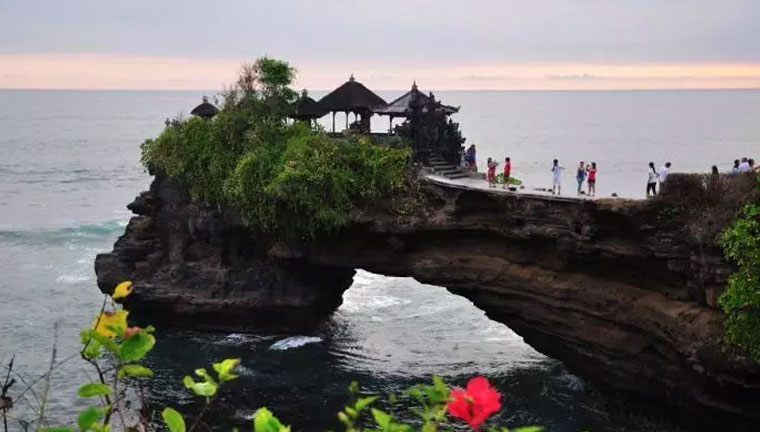
This is the ground zero of Bali surfing and Canggu’s most frequented beach. Batu Bolong has it all: great surf, chilled hangouts, a convenient location, family friendliness, and glorious sunsets. The stretch of brown-gray sand attracts a mix of boho-casual travelers, expats, and locals who prefer their beaches clean and relatively hawker-free. Be sure to grab a drink at Old Man’s, an attitude-free beer garden where surfers let down their ocean-wet hair.
Goa Gajah (Elephant Cave) :
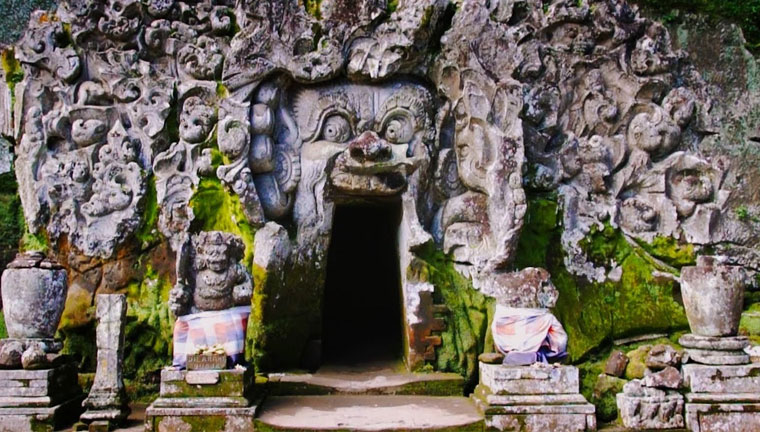
Goa Gajah (or “Elephant Cave”), a 10-minute drive from central Ubud, is an ancient archaeological sanctuary with rock carvings of frightening faces that are said to ward off evil spirits. While a waist covering sarong is a must (which can be borrowed onsite) After passing through the “mouth” of a menacing demon and into a cave, you’ll see small temples and a worshipping area; upon exiting, there are courtyards and pathways leading to beautiful ancient pools, Buddhist and Hindu relics, gardens, and a waterfall.
Banyu Wana Amertha Waterfall :
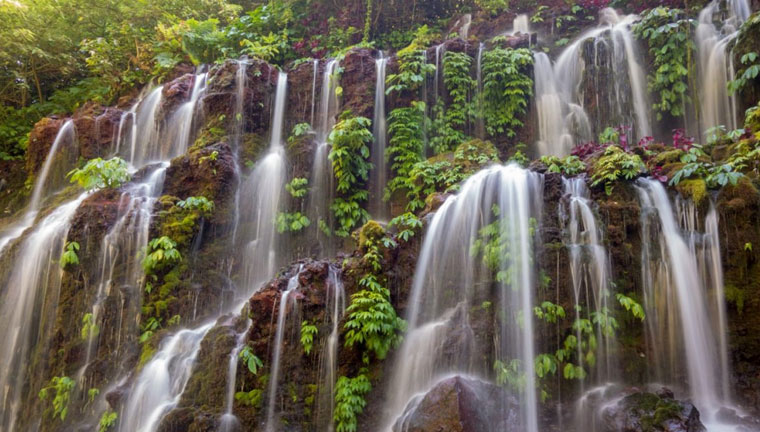
Banyu Wana Amertha Waterfall, Northern Bali’s new natural attraction, is a little hard to get to; you’ll need to drive at least 90 minutes from Ubud and take a winding, 20-minute hike through a banana plantation. But once you’ve completed the journey, you’ll be rewarded handsomely with a lush forest hiding a quartet of grand waterfalls that are somehow not overrun by crowds. The main waterfall is the most spectacular—a verdant rock amphitheater and a shallow pool are the main attractions.